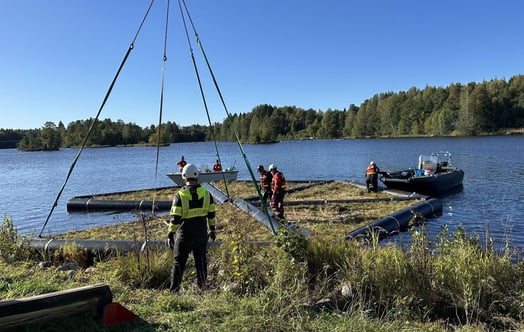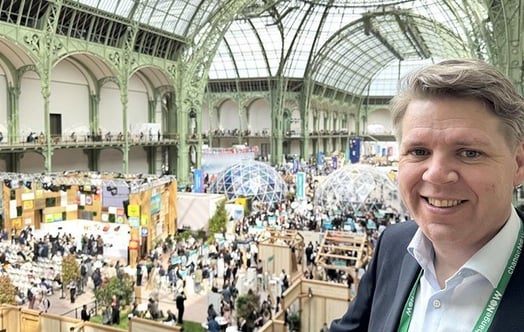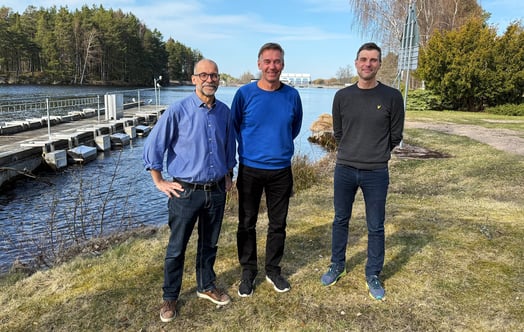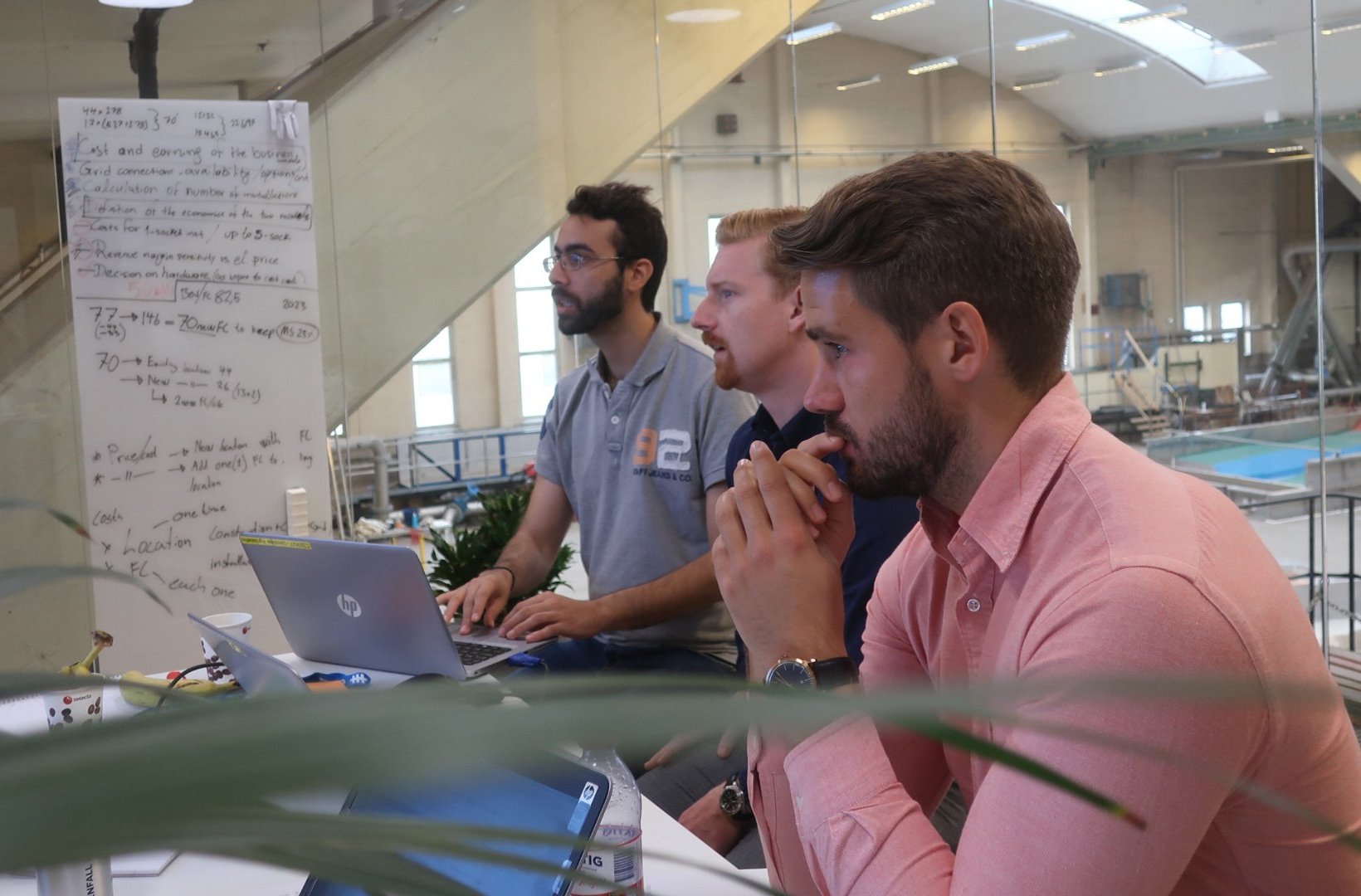
Trainee hackathon generates innovative charging solutions
22 young trainees were given 52 hours to develop complete business plans for fast charging solutions.

Wiljan Harder, trainee in the Alpha group.
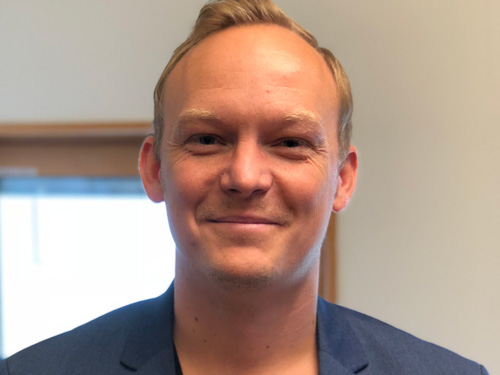
Christian Gruffman, Head of R&D E-mobility Programme and Hackathon leader.
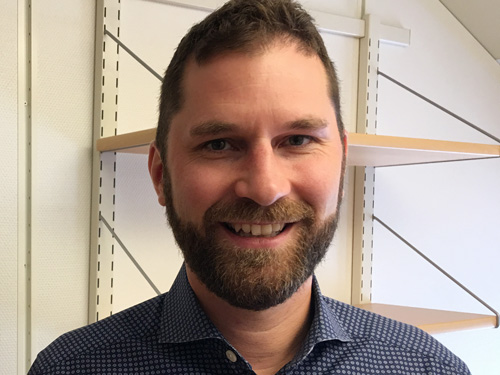
Jonas Alin, Head of Department at Vattenfall R&D, sponsor (Director, Data Analytics & ICT Solutions) Sponsor
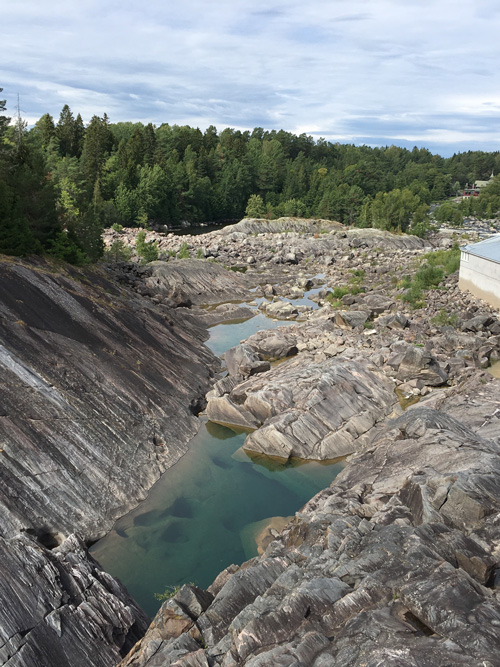
Dalälven downstream, dry riverbed.
Facts
The hackathon is now finished. The final submissions and reports of the four groups were well received. Now we are starting an in-depth investigation of the work done, asking supplementary questions and adjusting the strategy as required.
Are you also interested in becoming a trainee at Vattenfall?
Applications for the next programme open in January 2019.
When the trainees were given free rein to organise a compulsory group project, Fanny Lindberg and Anna Rydberg took the lead and organised a hackathon together with the E-Mobility group in Vattenfall R&D. Only one of the trainees works in R&D, so for all the others the focus was something quite new to get their teeth into, plus an opportunity to contribute their specific skills from other disciplines.
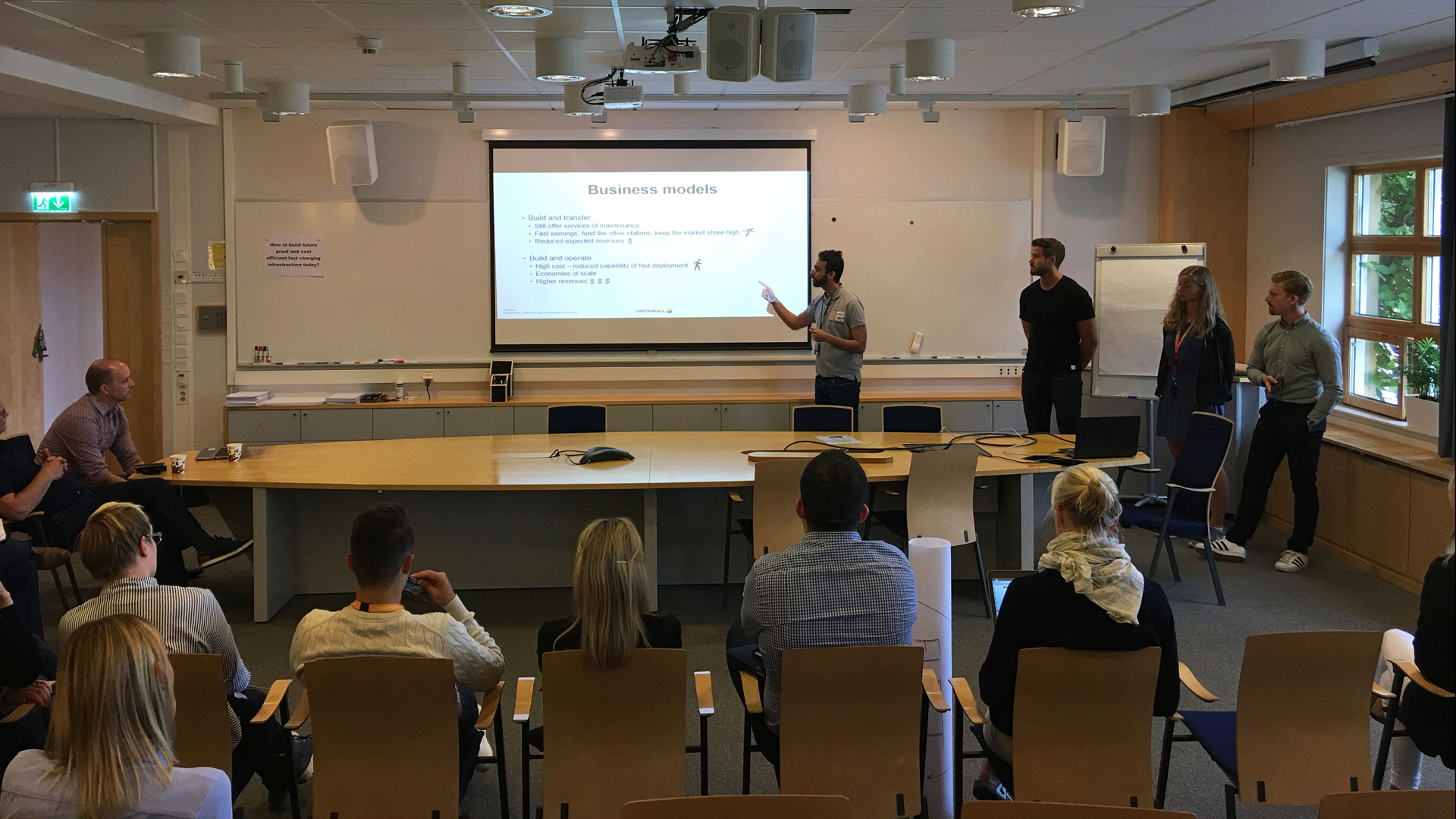
At the half-way mark, all the groups presented their ideas to each other and to a panel of experts.
When I arrive for my visit to Vattenfall's research plant in Älvkarleby, the hackathon has reached its half-way point. The trainees are divided into four groups, and they each present a short status report and face a panel of experts from Vattenfall R&D E-Mobility. The level of the presentations is high, and they are followed by interesting discussions, with a great atmosphere and plenty of room for exchange of views.
"This looks really good. I'm really satisfied! The task they've been given comes from reality and is based on the strategy of the business for fast chargers: how do we build future-proof, cost-effective fast charging today?" says Christian Gruffman, Head of R&D E-mobility Programme and Hackathon leader.
The task is part of a commission from Business Unit E-Mobility (InCharge) to R&D E-Mobility, to review and make suggestions for the strategic direction Vattenfall Norden should invest in in the field of fast charging, i.e. usually 50 kW to 350 kW. "It's always good to get new ideas and approaches from smart young people such as the trainees. We cooperate with R&D on a lot of issues, and the hackathon is a really exciting way of doing this. It was a really successful activity that we should use in the future in other contexts," says Elisabet Wahlstedt, product owner of fast charging at BU E-Mobility.
One thing that turned out to be a strength was that the groups chose different approaches and solutions but ended up strategically very close to one another.

The Epsilon group. From left: Lisa Mildner, Måns Skytt and Nina Feshe.
The group work continued even more intensively after the half-way demonstration and feedback.
The idea of a hackathon is to bring people with different skills together in one place and ask them to complete a task or solve a problem in a limited time.
How did the hackathon go?
"It was a good way of working. What I think is good is having access to all the high-quality facts we were given. That makes it much easier to make a credible business analysis," says Wiljan Harder, a trainee at BA Wind, Onshore, Business Controlling.
"Here, we get a lot of help from extremely dedicated employees. The collaboration between BU E-Mobility and R&D is already excellent, and this activity gives an extra impetus to the work we do together. The hackathon also gives us an opportunity to showcase R&D operations here in Älvkarleby, which is also something positive," says Jonas Alin, head of Vattenfall's R&D department and main sponsor of the event.
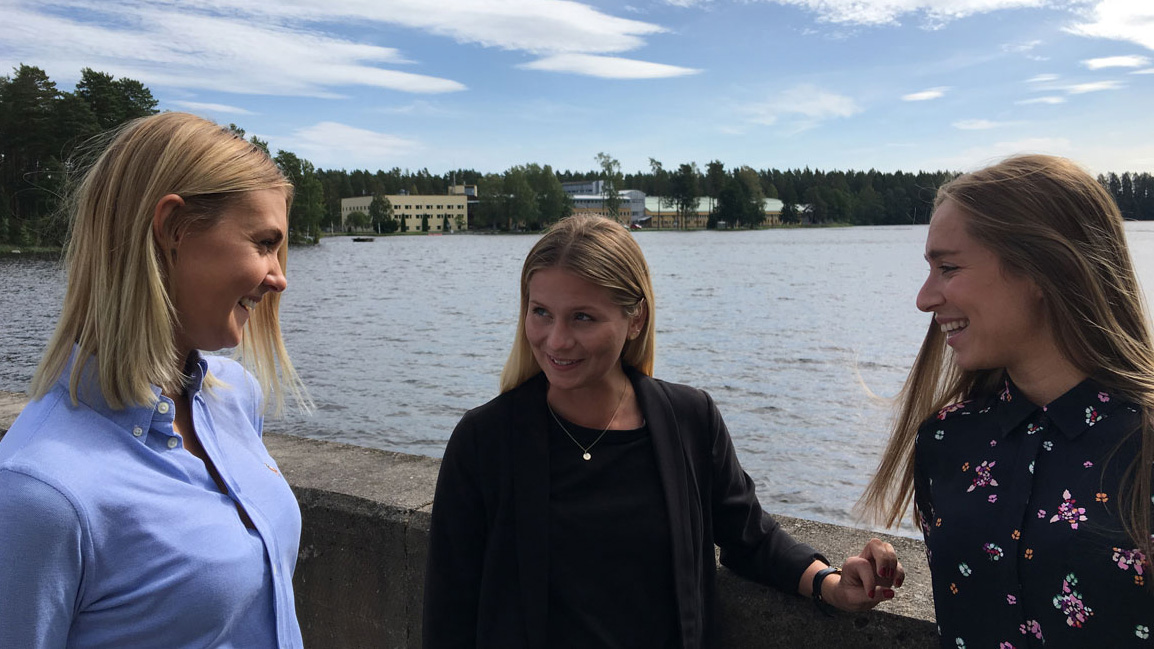
The three trainees Fanny Lindberg, Caroline Andersson and Anna Rydberg with Vattenfall R&D's laboratory in Älvkarleby in the background.
There were about 2,500 applicants for 22 places on this year's trainee programme, and the selection process was lengthy and demanding. All those who were accepted are given half-time employment and a half-time place on the trainee programme for a year. Four seminar weeks, when everyone meets, are compulsory, as are monthly video meetings.
What does the trainee programme consist of?
"Everyone's between 25 and 30, and placed in a certain home organisation, in all the geographical regions and business areas where Vattenfall has operations. We've found out about the company, made loads of study visits and met loads of people. And we've all moved around the company for one or two months in different offices and functions to learn even more," says Fanny Lindberg, trainee at Vattenfall R&D.
"We've been on leadership courses and programmes for improved self-awareness, team-building exercises, cultural understanding, business development and operational excellence," says Anna Rydberg at B2C, Consumer Sales Nordic at Customer & Solutions.
Reflections on the programme?
"It's been incredibly intensive, with loads of travelling, courses, meetings and experiences. I'm based in nuclear power at Ringhals and I work with system health, but I've also spent four months going round other places," says Caroline.
"Gathering all the trainees here and matching their skills against R&D is really valuable, I think, and being able to further the cooperation between the countries and the various business areas," says Fanny.
"When you mix the insights and skills that have been gathered together during the year, it seems really productive when everyone contributes their own approaches. One person knows about electricity grids, another knows about generation, and so on. It makes the starting distance for any investigation shorter," says Anna.
The majority of the trainees come straight from university, or have worked for a year at most. As well as their professional relations, the trainees meet each other a lot and have become good friends. Some of them often eat lunch together and socialise in their free time.
What are the most important lessons that will stay with you?
“The trainee programme is very intense. I have gained better insights into my own ways of working as well as the style of others and how to work together efficiently. And also how all of the BA's and BU's work together and add value to each other. It would have taken quite a long time to see and experience so much without the programme,” says Wiljan.
"We've become more open and welcoming, to everything. I don't intend to sit on my own during my practicum in Germany - I have to find new friends. You have to find new ways of tackling new situations," says Fanny.
"The basic knowledge about the company, and the fact that Vattenfall represents the entire value chain, has been the most instructive for me," says Caroline.
"The trainee programme has forced us to become more open. For example, we've had quite demanding group exercises in problem solving, and we've often been forced out of our comfort zones," says Anna.
"These people are driven, goal-conscious and high performers. They expect us to challenge them. I've been really lucky to have a trainee in R&D this time, and I'd really like to have another next time," says Jonas Alin.
The programme concludes the last week in August with a seminar week in the UK, then the trainees go on to regular full-time employment in their home organisation. It seems that no problem is impossible for this group to solve.

